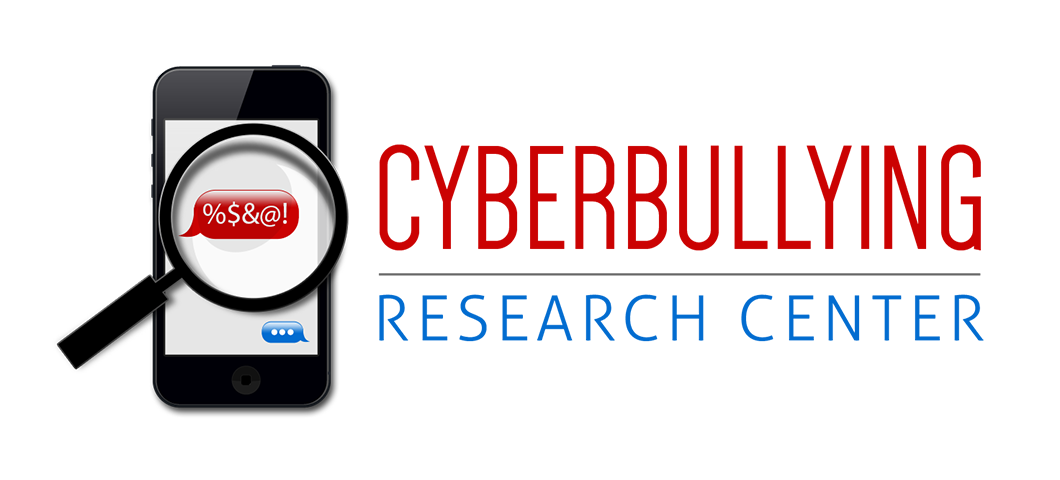
The Online Safety and Technical Working Group just released their comprehensive report “Youth Safety on a Living Internet” detailing the current state of knowledge, practice, and tools regarding safeguarding our youth while they explore technology. The Report focused primarily on identifying industry efforts to promote online safety through education, technology, content, and other measures. In short, the Report recognized some promising approaches but acknowledged there is much more work to be done.
As the title suggests, the Internet is constantly changing. This creates particular challenges for adults who are simply trying to keep up. No matter how the Internet (and technology more broadly) changes, we as adults must also adapt so that we can teach our children the practical rules of the digital road. And this Report gives us some guidance with respect to how we should proceed. For example, the authors note: “In focusing so much on blocking new media from school as a protection, schools are failing to do with today’s media what they have long done for students with traditional media – enrich and guide their use” (page 3). This is an issue many educators are struggling with. They see the value in technology and can see great potential for its use as a pedagogical tool in and outside of the classroom but are disinclined to risk their job or reputation for the possible negative repercussions. It’s simply easier to ban technology from the classroom and prohibit teachers from interacting with students online than to develop comprehensive policies and practices to manage its utilization. Frankly I don’t blame them for being gun-shy about this. Unfortunately this approach is stunting our ability to move education forward. One of the many important recommendations from the Subcommittee on Internet Safety Education on page 7 was to “Encourage full, safe use of digital media in schools’ regular instruction and professional development in their use as a high priority for educators nationwide.”
Another important insight identified in the report is that it will take a multi-disciplinary and varied effort to accomplish our goal of educating teens about online safety and responsibility. Indeed, the Working Group was comprised of folks from across the spectrum (industry, academia, government, the media, and elsewhere). Moreover, the group was quick to acknowledge that there is no magic pill or piece of software or school curriculum that by itself will appease our concerns or fully protect our kids while online. “There’s no one-size-fits-all, once-and-for-all solution to providing children with every aspect of online child safety. Rather, it takes a comprehensive ‘toolbox’ from which parents, educators, and other safety providers can choose tools appropriate to children’s developmental stages and life circumstances, as they grow” (page 5). Our children, like the technology they use, are constantly changing and as parents and those who regularly work with youth, we have a responsibility to evolve with both.
Over the next couple of weeks, Sameer and I will continue to break down the Report and discuss specific issues that are relevant to our efforts at the Cyberbullying Research Center. We certainly encourage everyone to read the complete report because if you follow this blog, you are not only likely interested in its analysis, recommendations, and conclusions, but are no doubt an important part of the solution moving forward. As the authors point out, a summary report like this is only a first step. What is done with the report will be the real test of its significance. Take a moment to recognize the role you play, as a teacher, administrator, law enforcement officer, researcher, parent, teen, or any of the other numerous pieces of this important puzzle. What can you do today that will help youth be safer online tomorrow?








According to an article I read, there is a new Kid friendly website called GlobWorld.com which will “provide children with a safe, secure place to explore the positive potential of social media”. It features full parental control, safe social networks for kids under 13, critical thinking and learning blogs, 3D games, and a Glob galore where members can create and customize their own 3D virtual glob.
Parents need to be proactive in their child’s lives. Children as innocent as they are become influenced by their peers. I feel it is important to be involved with what your children visit on the internet and monitor the sites they visit.
My boyfriend’s little 11 years old sister has a facebook account. Her mother has her password and monitors her messages and what she does online. Her friends list is approved by her mother because her mother checks their pages to make sure everything is appropriate for her viewing. Unfortunately, there are a lot of parents out there that do not find time to be active in their child’s computer activities. Unsupervised children may lead to inappropriate exchanges of words. Children can sometimes get carried away with their words and do not always mean what they say. Early detecting and proper handling of the internet can prevent incidences of cyber bullying.